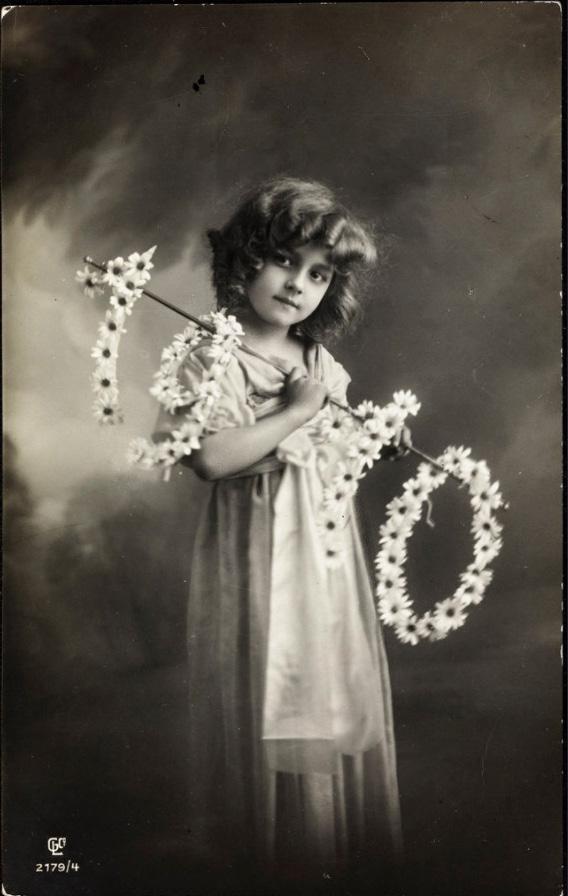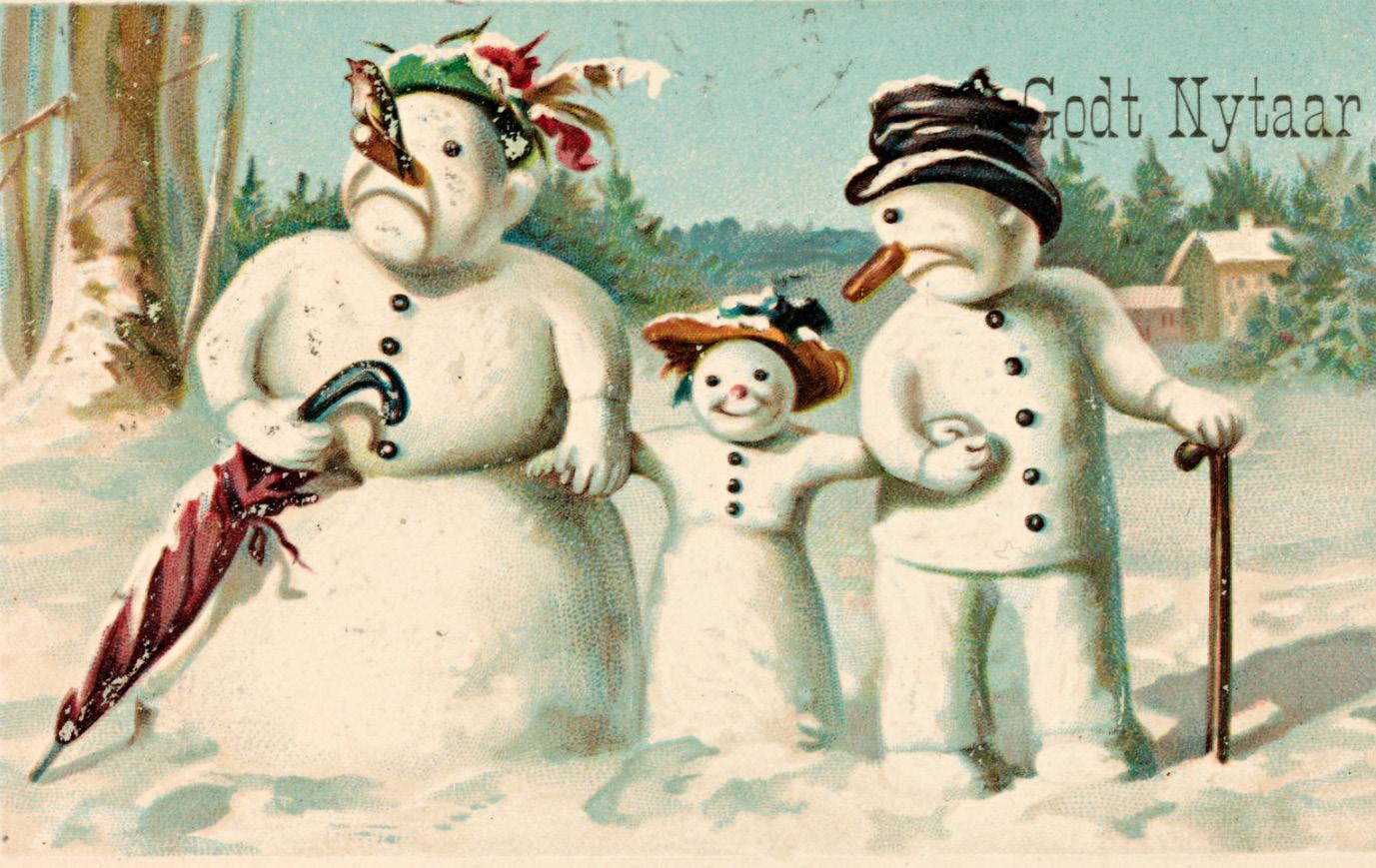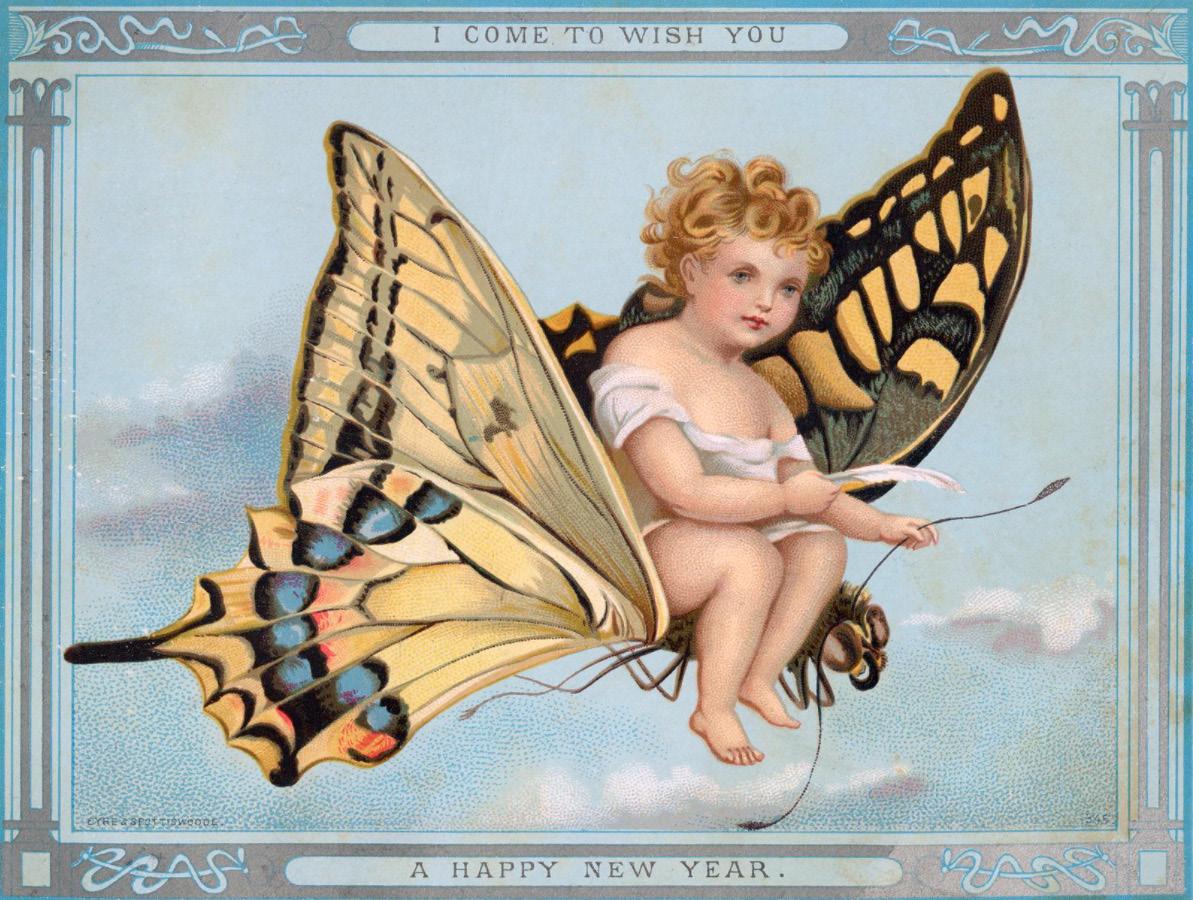
4 minute read
Roots of New Year’s Eve
Historical Roots NEW YEAR’S EVE
Ever since the Gregorian calendar took precedence in society, people have been celebrating the New Year on the night of December 31st and early morning of January 1st. The New Year represents many things to people; the end of a painful year, the possibility of a fresh start, however symbolic In the deepest, darkest part of winter, people find a reason to celebrate and seek new beginnings. Today, our New Year’s celebrations typically consist of champagne, confetti, metallic colors, fireworks, and watching the New Year’s ball drop in Times Square, New York City. However, you may wonder, how did people of yesteryear celebrate?
In 46 BC, Julius Caesar instituted the Julian calendar, which declared January 1st as the start of the new year, closely following the sun’s position. This practice was to honor the Roman god Janus, who had two faces- one to look back towards the past and one to look forth towards the future. The Romans celebrated by holding lively parties, exchanging gifts, and decorating their homes. Not too different from how we observe the holiday today. The official date of the New Year shifted around during the Middle Ages but was officially and finally declared January 1st by Pope Gregory XIII in 1582. The New Year’s traditions that followed were often highly superstitious, which makes sense, as this was the darkest and coldest time of the year. Fireworks and kissing are done to drive away evil spirits, and some cultures avoid eating certain foods to avoid tempting fate and having anxiety about the future. Others make a habit of giving money as gifts or doing rituals for prosperity. In the American south, people eat black-eyed peas, collard greens, and cornbread for prosperity due to their resemblances to coins, paper money, and gold. In Spanish speaking countries, people eat twelve grapes before midnight, one grape for each church bells chime. And because pigs represent good wealth and fortune, people in Austria, Cuba, Portugal, and Hungary eat pork during their celebrations. Pork is also often found on the tables of countries that celebrate the Lunar New Year, which comes later.

Until 1904, the New York New Year’s Eve observations happened at Trinity Church. They were then movedto the New York Times building after the fireworks’ ashes began causing problems on the streets below. The chief electrician of the New York Times, Walter Palmer, was formerly a maritime man.


Inspired by the seafaring tradition of dropping a time ball for sailors to adjust chronometers at sea, he came up with the brilliant idea of lighting up a large ball and dropping it at the stroke of midnight to ring in the new year. They chose Times Square for this new tradition in 1907, which was a logical conclusion to make. In the Edwardian era, Times Square was not yet the tourist attraction it is today. In the heart of the theater district, surrounded by burlesque theaters and raunchy comedy clubs, Times Square was ideal for people looking to party and have a bit of an outlandishly improper but fun time. This new spectacle of a brightly illuminated balldescending through the sky as the new year begins must have seemed thrilling to the people filling the street, as much as it does today- though, probably with a much smaller crowd.

The New Year has been personified as a baby for over a century, with the old year being personified as an old man, often Father Time. This concept was greatly popularized in the early 1900’s publication the Saturday Evening Post by the famous illustrator J.C. Leyendecker. Every year for a few decades, he painted the magazine’s cover with a new and unique Baby New Year, often representing a reaction to current events. Sometimes the baby was a fortune teller or partying, while other times, he was wearing soldier’s gear, such as during World War 1 and World War 2. The Saturday Evening Post was present in many American households due to its popularity, so Baby New Year would have been a tradition people looked forward to and an amusing representation of the brand-new start people felt they had. One piece of art that everyone even today knows and associates with New Year’s is the old Scottish song Auld Lang Syne. While the tune is a much older Scottish traditional song, the Scots-language words were penned in 1788 by poet Robert Burns. The title translates roughly “Once upon a time,” “days gone by,” “long, long ago,” or, more literally, “old long since.” The words bid farewell to the days of old, lamenting but also honoring the passing of moments and memories. Robert Burns didn’t come up with all of the lyrics, as many of them were pre-existing in the same old tune and an older version of the song from 1711 by James Watson. It quickly became a Scottish custom to sing Auld Lang Syne on New Year’s Eve, and when Scottish people immigrated around the world, they brought the song with them.
This New Year brings more heavy feelings than usual, as it always does in troubled times. While we probably can’t observe New Year’s Eve the same way as we have in previous years, surrounded by friends and extended family, we still have traditions we can share. Whether it be watching the Times Square ball drop, setting off fireworks, drinking champagne, or eating some black-eyed peas, you can still celebrate in the spirit of this holiday’s history.











